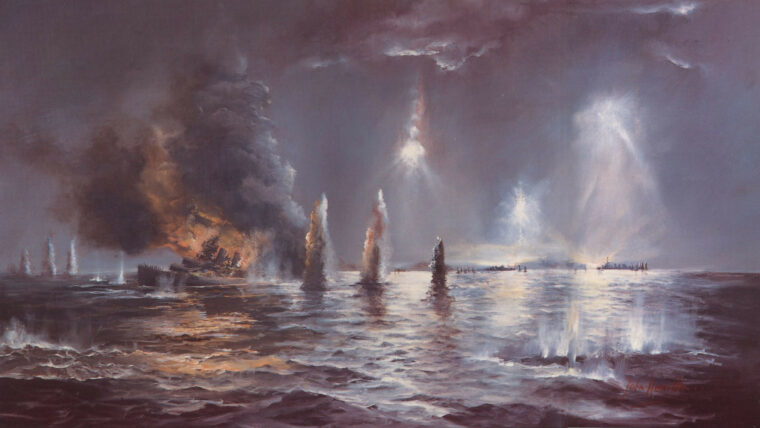
Japanese
The Battle of Cape Esperance: A Sorely Needed Naval Victory
By David Alan Johnson“One large, two small vessels, one six miles from Savo off northern beach, Guadalcanal. Will investigate closer.” Read more

Japanese
“One large, two small vessels, one six miles from Savo off northern beach, Guadalcanal. Will investigate closer.” Read more
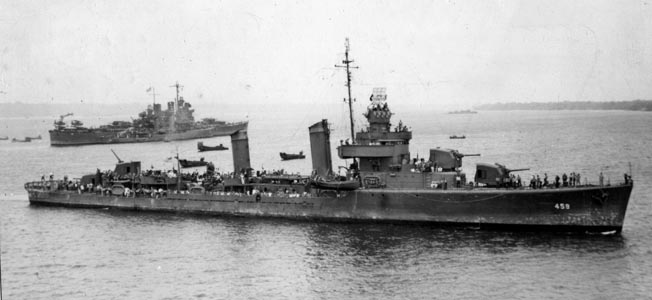
Japanese
The eight-inch shell that penetrated the cruiser’s hull and threatened to blow up her forward magazines was a Type 91 armor-piercing shell, which had been designed to continue through the water when it fell short of its target and penetrate the ship’s hull below the waterline. Read more
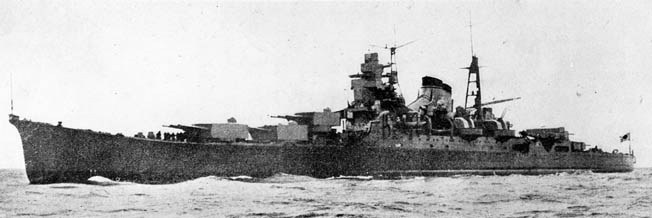
Japanese
Japan had serious difficulties deploying her manpower, and a few examples illustrate some of the worst events. Read more
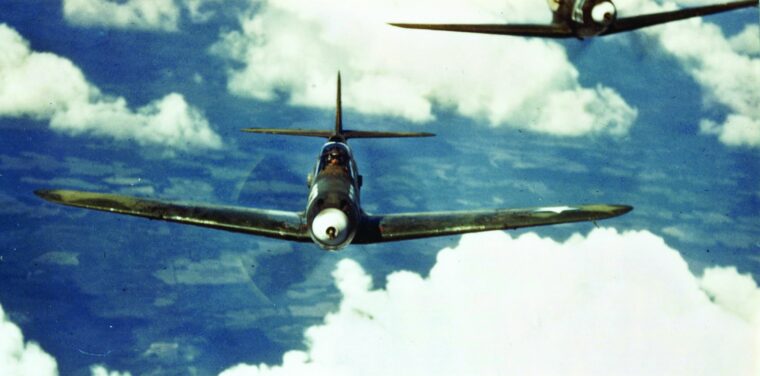
Japanese
Common wisdom has long held that Japanese pilots and aircraft, particularly their fighters, were superior to the American, Australian, and British counterparts they faced in combat in the Philippines and Southeast Asia in the opening months of U.S. Read more
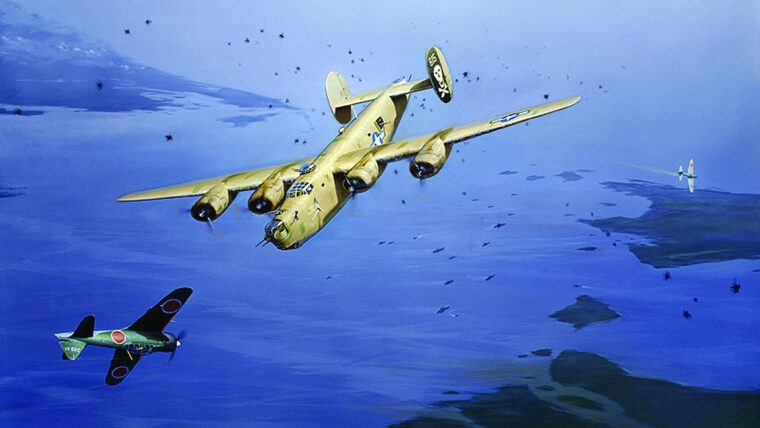
Japanese
The 90th Heavy Bombardment Group, known as the Jolly Rogers, was an element of the Fifth Air Force headquartered in Brisbane, Australia. Read more
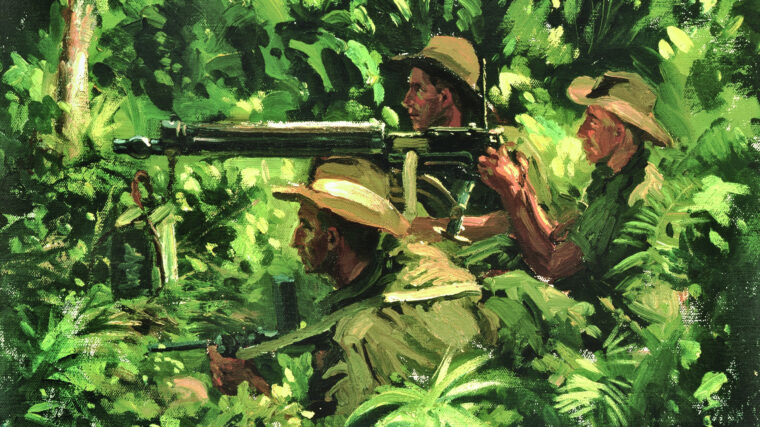
Japanese
In June 1943, with the war on the island of New Guinea in its last stages, a proposal was under discussion in Washington that the huge Japanese base at Rabaul on New Britain be bypassed and “left to wither on the vine.” Read more
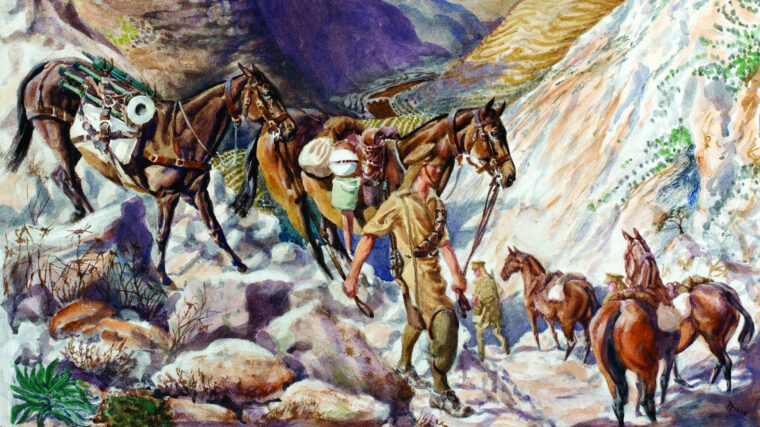
Japanese
Not all World War II heroes were men or women. Some were four-legged, hoofed, or winged. They included horses and mules, elephants, and dogs as well as more exotic animals such as bats, camels, reindeer, and pigeons. Read more
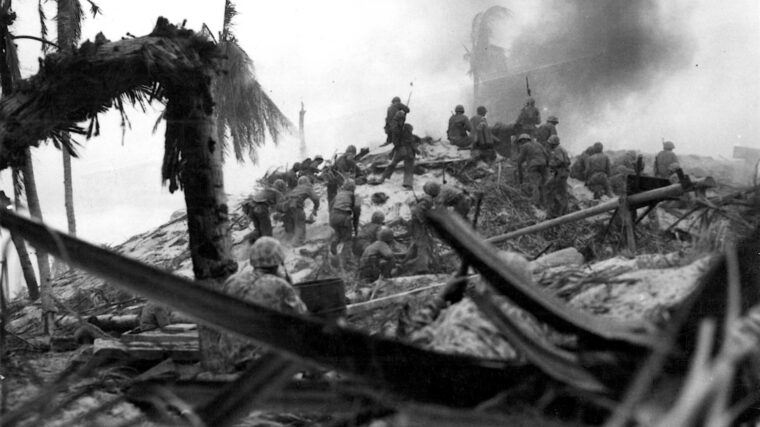
Japanese
Rear Admiral Keiji Shibasaki, commander of the elite Japanese garrison entrenched on tiny Betio Island in the central Pacific Ocean, boasted in mid-1943 that his heavily fortified island redoubt could hold out “against a million Americans for a thousand years.” Read more
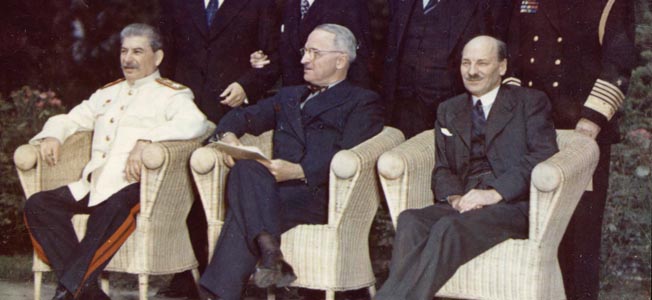
Japanese
During the more than 60 years since the detonation of the first atomic bombs—and the only time nuclear weapons have ever been used operationally—a major debate has erupted over the Hiroshima and Nagasaki bombings. Read more
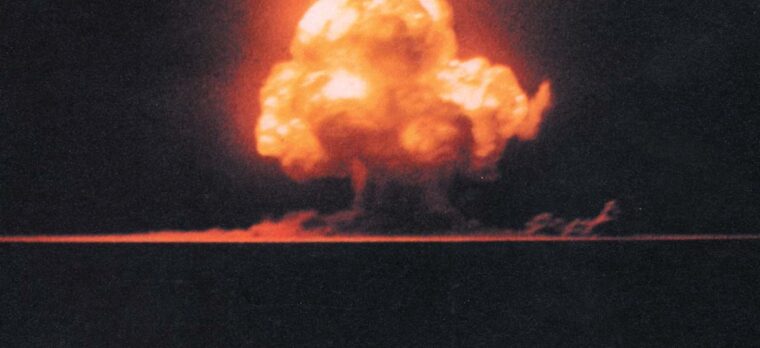
Japanese
On August 7, 1945, the day after the atomic bombing of Hiroshima, President Harry S. Truman announced, “The force from which the sun draws its power has been loosed against those who brought war to the Far East. Read more
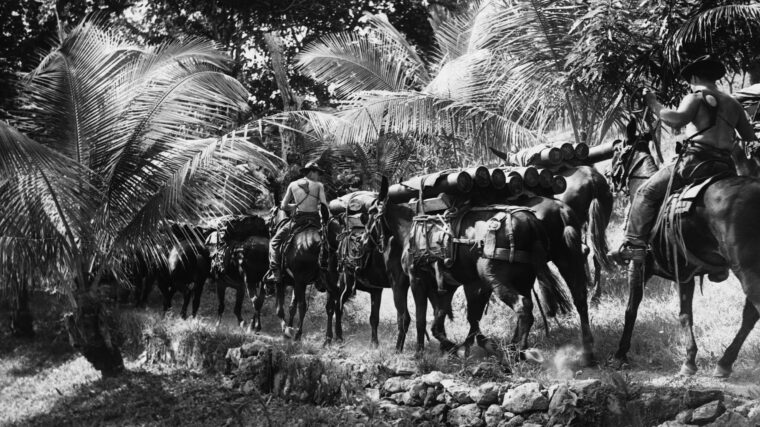
Japanese
In the words of a veteran of the China-Burma-India Theater, retired Technical Sergeant Edward Rock Jr., [they] “served without a word of complaint or lack of courage. Read more
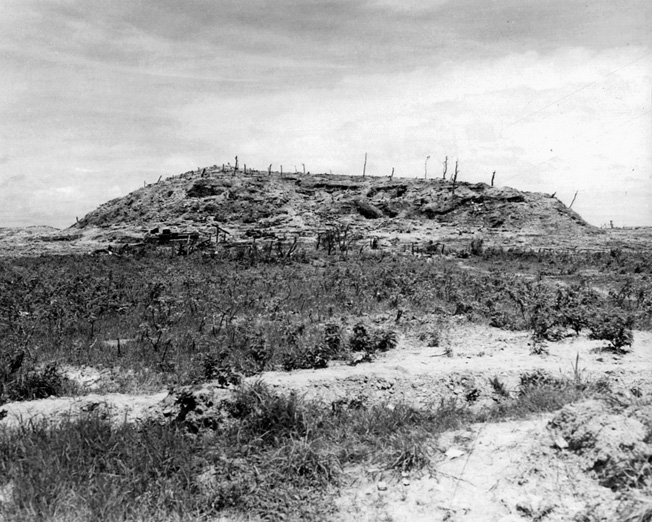
Japanese
It was Colonel Hiromishi Yahara who designed and implemented the jiykusen, or the yard-by-yard battle of attrition that cost the American forces so many casualties in the three-month battle, and he was the highest ranking officer to survive the battle and make it back to Tokyo. Read more
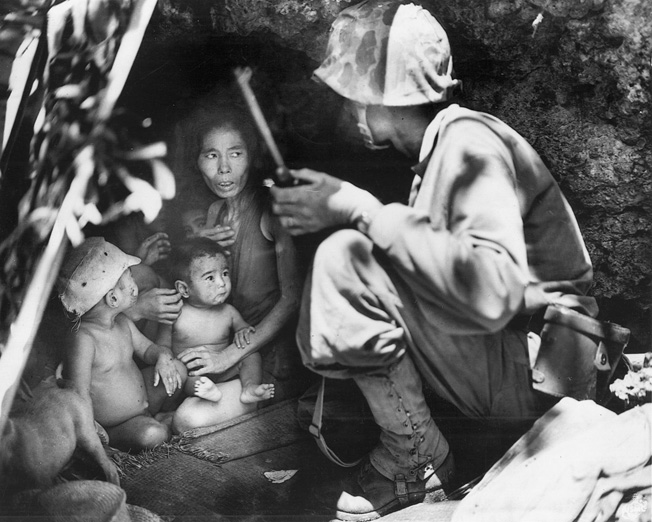
Japanese
Normally, the end of combat brings satisfaction and a sense of relief, but the Army infantrymen and Marines who slugged it out with the Japanese at Saipan experienced little of either. Read more
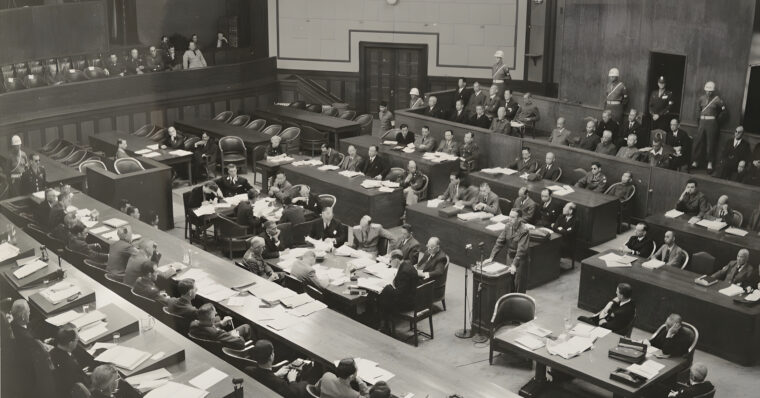
Japanese
When the Tokyo War Crimes Trials opened in the former hilltop headquarters of the Japanese military at Ichigaya on May 3, 1946, American-born chief prosecutor Joseph Keenan faced a difficult task. Read more
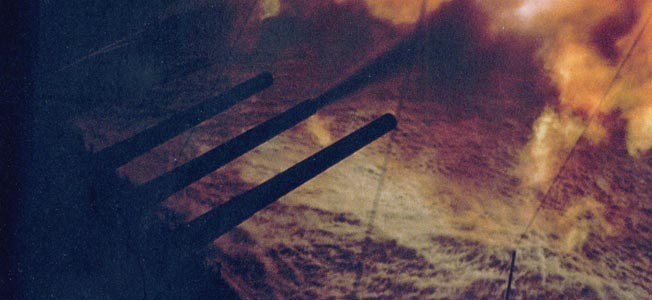
Japanese
One of the main reasons for the success of the battleships West Virginia, Tennessee, and California at Surigao Strait was their Mk 8 fire control radar, which was used in conjunction with the Mk 8 rangekeeper computer. Read more
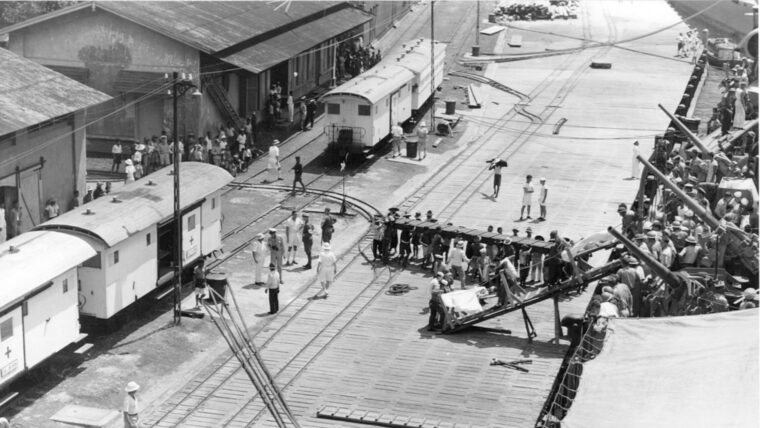
Japanese
Allied fortunes were at a low ebb as strategic British and American bases fell like ninepins to the Japanese across the Far East in the early months of 1942. Read more
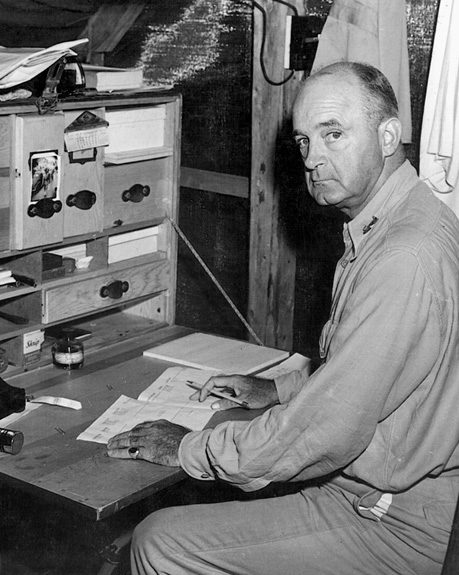
Japanese
Born in 1887 in Virginia, Alexander Archer Vandegrift was commissioned a second lieutenant in the Marine Corps in 1909. Read more
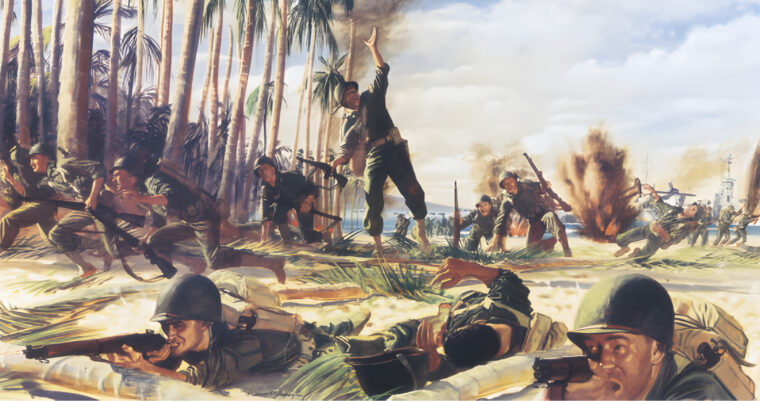
Japanese
Angelo J. “Red” Mantini was hardly an angel growing up in the small coal-mining towns of western Pennsylvania in the 1930s. Read more